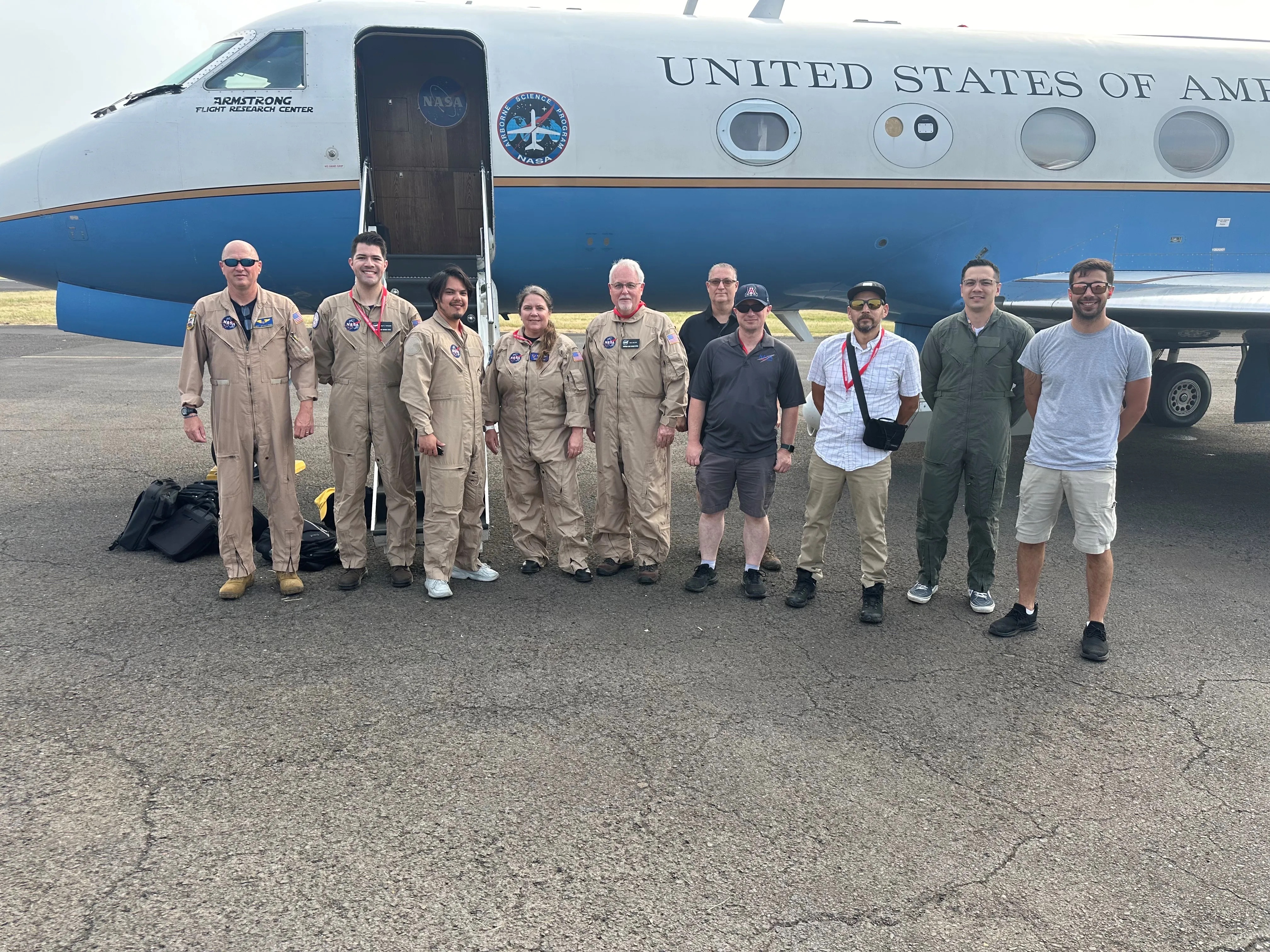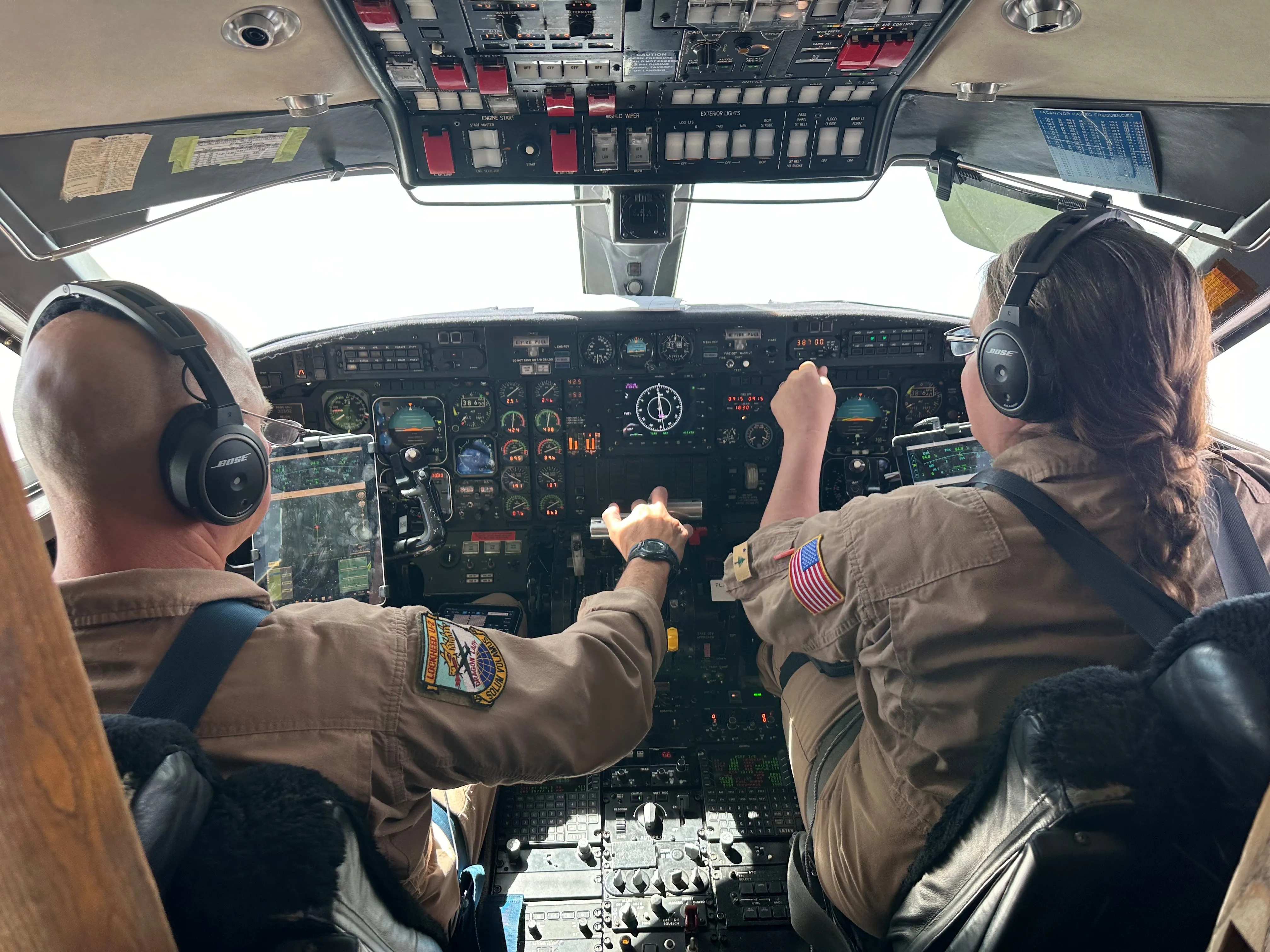EDWARDS, CA - NASA’s C-20A aircraft successfully completed over 150 hours of science flights across several countries this summer, supporting Earth science research with missions that spanned two months, according to NASA.
Despite encountering various challenges, the team effectively overcame obstacles to fulfill their scientific objectives.
Based at NASA’s Armstrong Flight Research Center in Edwards, California, the C-20A research aircraft has been specially modified to carry the Uninhabited Aerial Vehicle Synthetic Aperture Radar (UAVSAR) and a SAR-fusion camera.
These instruments, designed and operated by NASA’s Jet Propulsion Laboratory in Southern California, are essential for gathering data and images of Earth’s surface. This information is critical for understanding global ecosystems, monitoring natural hazards, and observing changes in land surfaces, NASA stated.
From May 20 to July 24, the C-20A team embarked on missions across the Atlantic, deploying to several locations in Africa and Germany for two significant campaigns.
The Africa Synthetic Aperture Radar (AfriSAR) mission, conducted in collaboration with the European Space Agency, focused on collecting airborne data over African forests, savannas, and wetlands to support studies of Earth’s ecosystems. Concurrently, the Germany Bistatic Experiment, in collaboration with the German Aerospace Center, gathered data to develop land surface height maps.

NASA team members pose in front of the C-20A aircraft while in Sao Tome, Africa, May 24, 2024. From left, Kirt Stallings, Joe Piotrowski Jr., Adam Vaccaro, Carrie Worth, Tim Miller, Otis Allen, Roger “Todd” Renfro, Edgar Aragon-Torres, Ryan Applegate, and Isac Mata.
The mission faced several challenges, including mechanical and technical issues with the aircraft. However, the team, consisting of aircraft mechanics, avionics technicians, science leads, mission managers, and pilots, quickly resolved these issues to minimize impacts on the mission’s science schedule.
“We prepared for the unexpected and we expected to be unprepared,” said Shawn Kern, NASA Armstrong’s director of safety and mission assurance and a C-20A pilot. “With that mindset, we were ready to adapt and change the plans as needed, and met challenges with a lot of resilience, a lot of innovation, and a lot of improvised solutions to get things done despite some significant roadblocks.”

NASA pilots Kirt “Skirt” Stallings and Carrie Worth fly the C-20A aircraft over Africa on July 9, 2024.
The data collected during these missions will contribute to the calibration and validation of future satellite-based missions, such as NISAR (NASA ISRO Synthetic Aperture Radar), furthering global climate understanding.
Subscribe to the LIVE! Daily
Required






Post a comment to this article here: